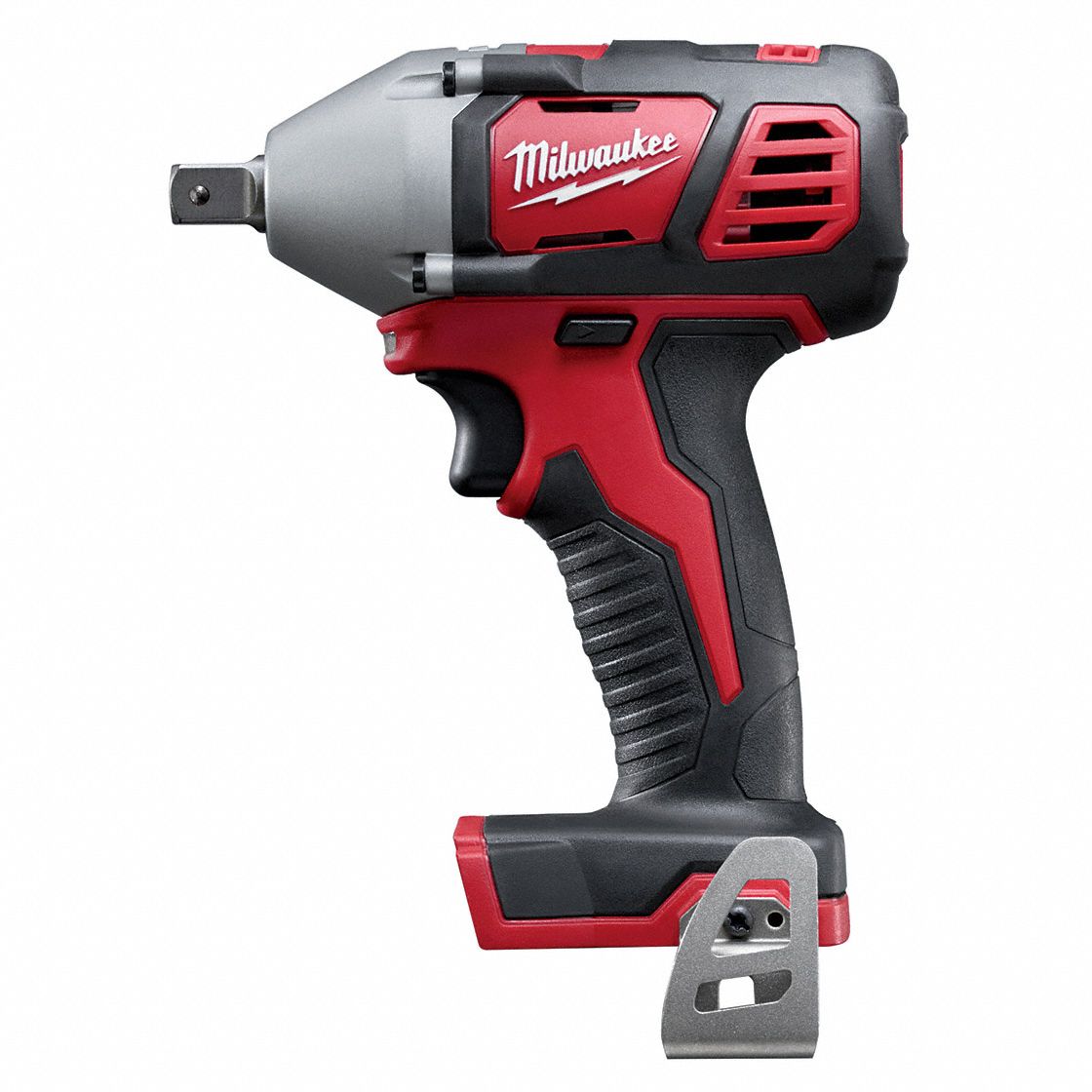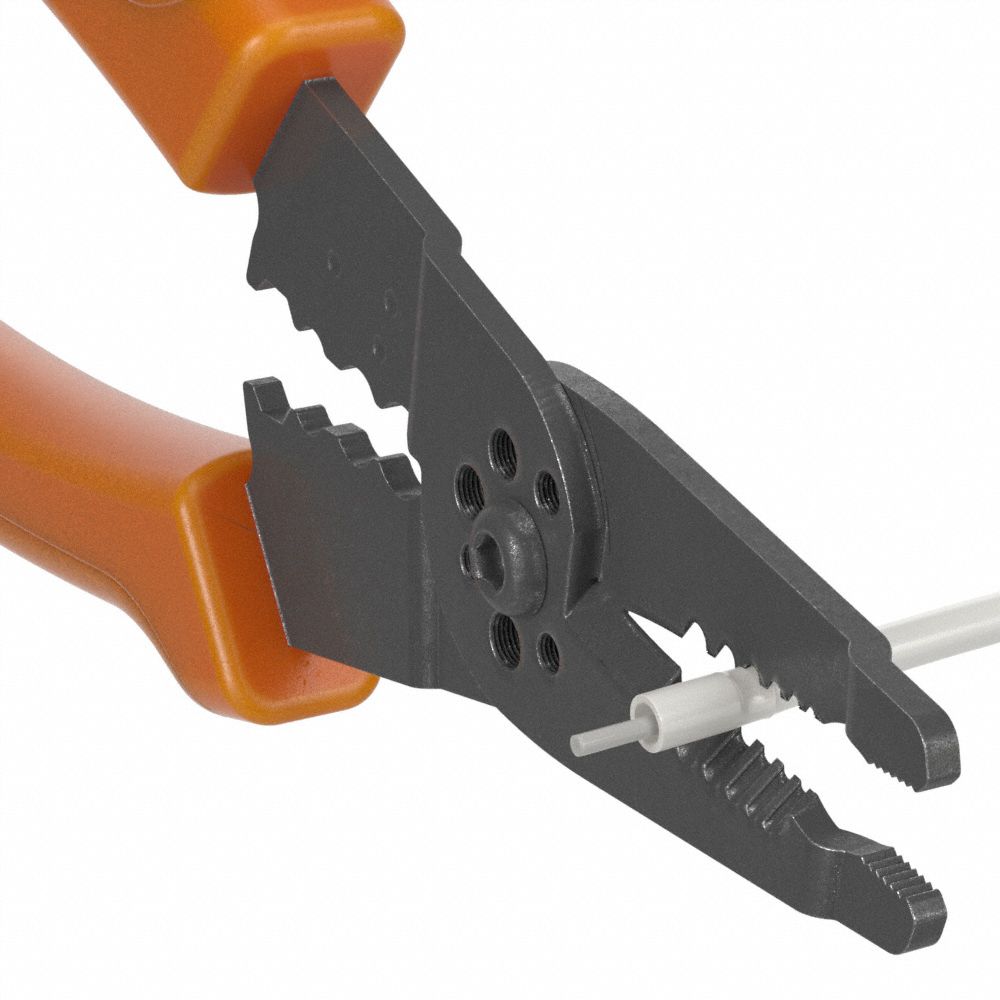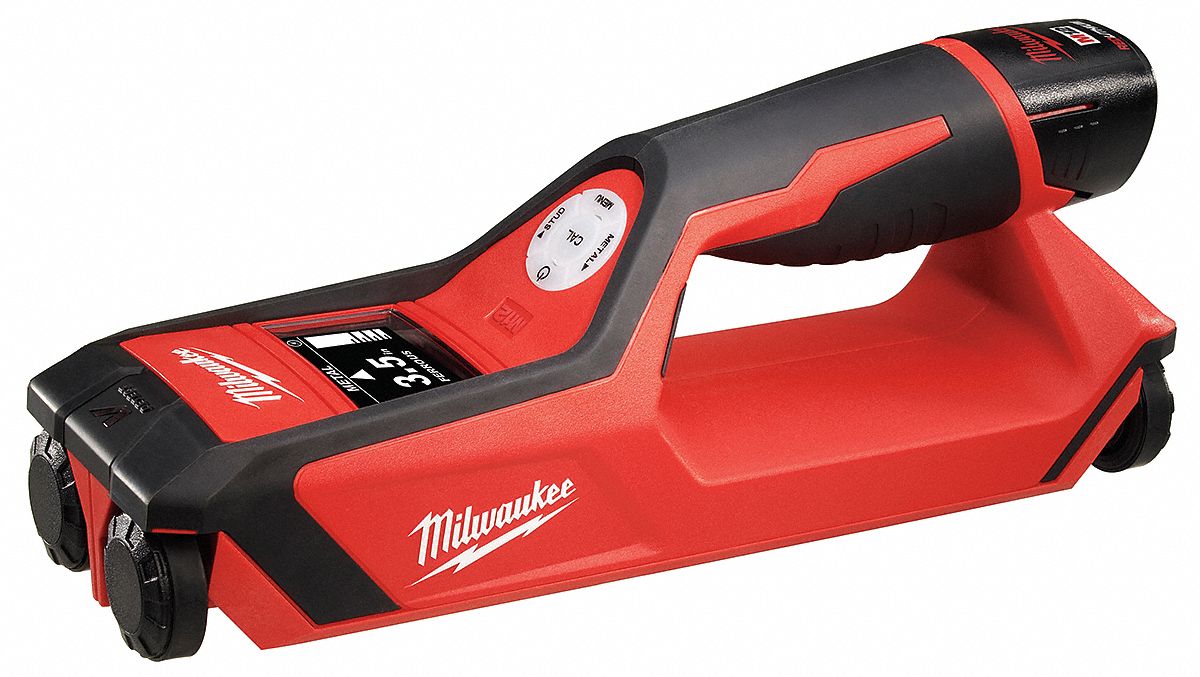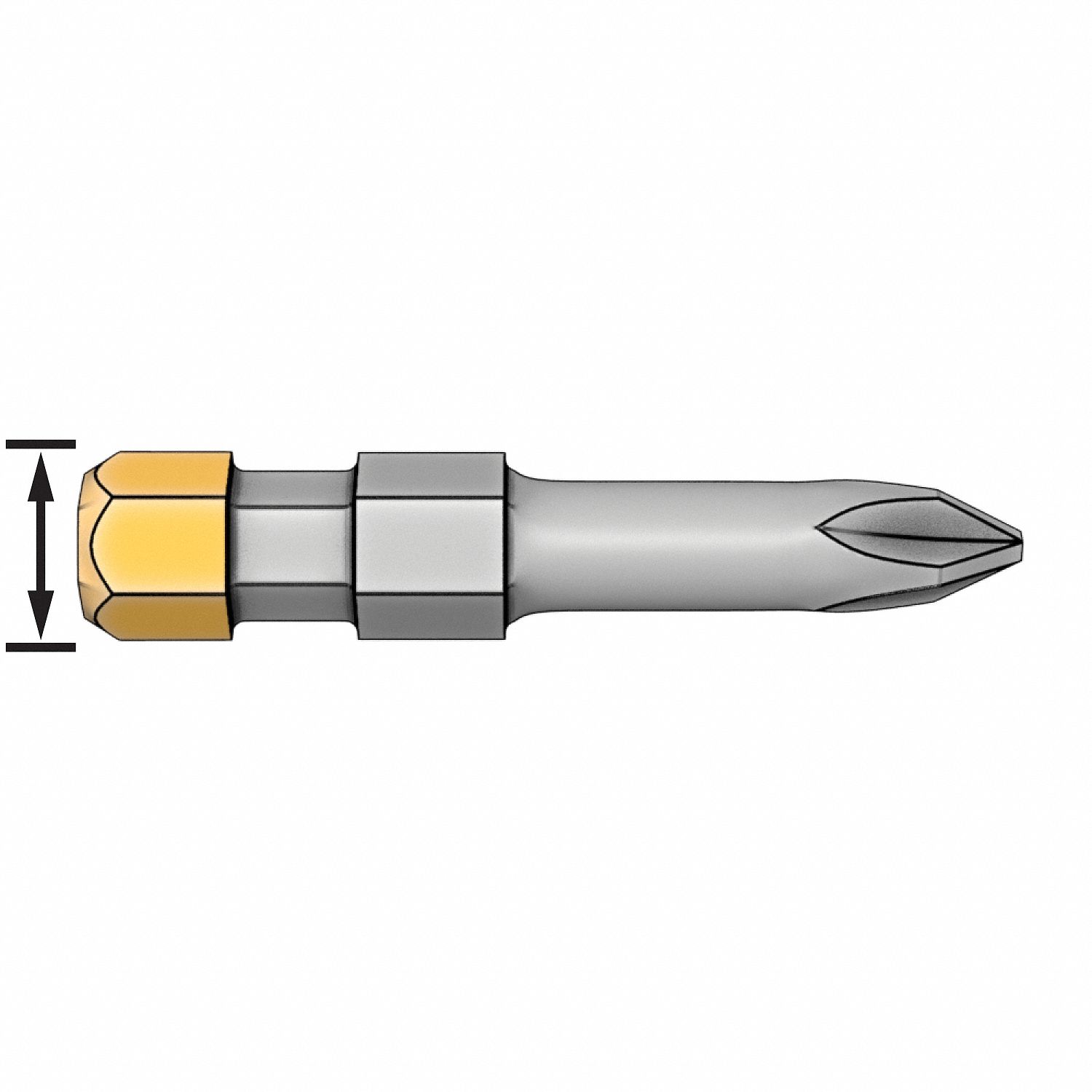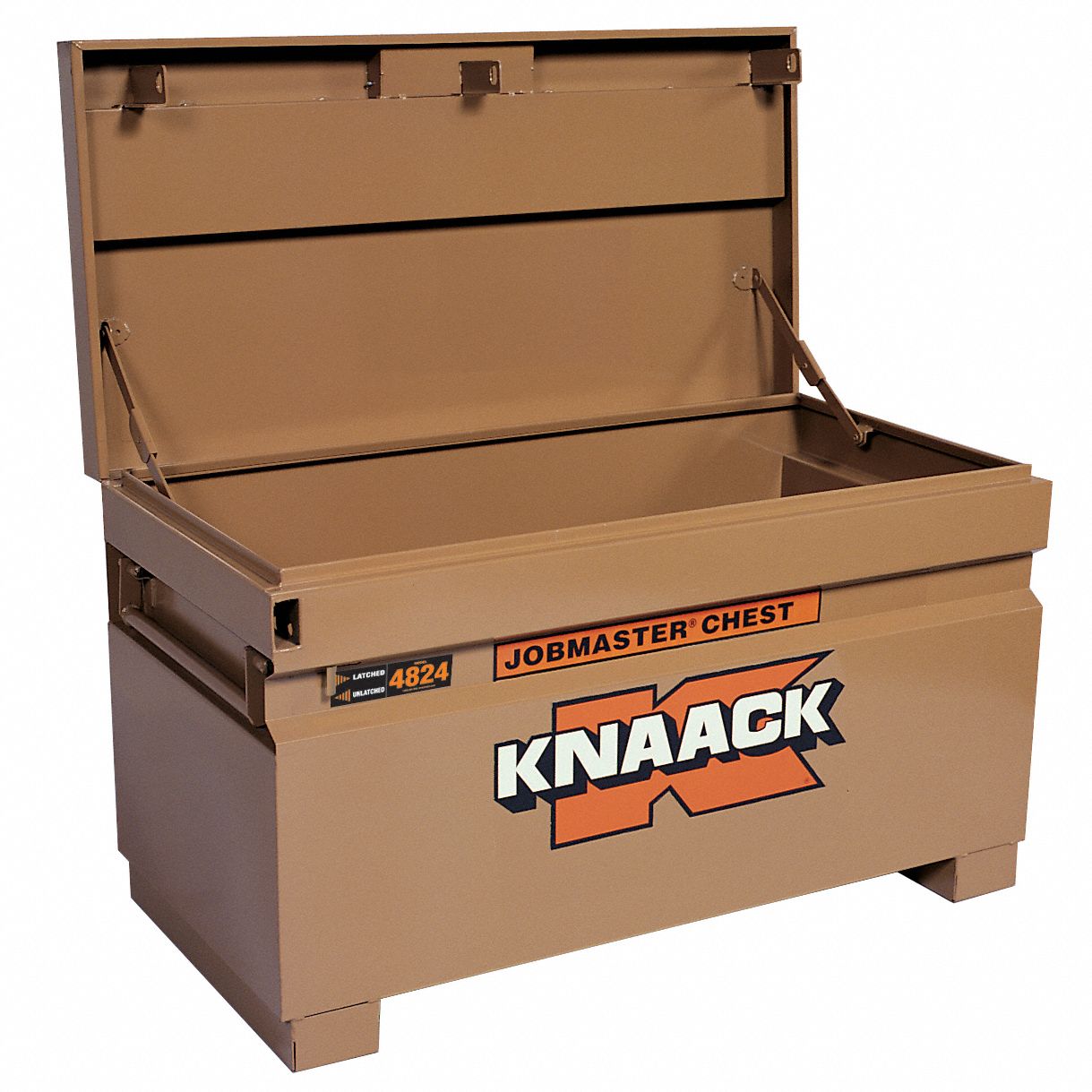

What are 'Dark Factories,' and Do They Really Exist?
By Grainger Editorial Staff 10/27/22


The first Industrial Revolution profoundly changed the way goods are manufactured, resulting in then-unthinkable gains in productivity, quality control, and consistency. Since then, three more revolutions have occurred, with manufacturers currently reaping the industrial automation benefits of Industry 4.0.
Theoretically, the next step in this evolution would be full automation, in which workers are no longer needed to create output. Known as a dark factory, this environment is fully automated, with no required human labor. Without this, such a facility can literally operate in the dark, without heat, light or other environmental needs – hence, the “dark factory” moniker – to serve a workforce.
Do Dark Factories Actually Exist?
“There’s always the story out there that there’s that one facility somewhere, usually in some faraway or unknown place,” said Guy Courtin, vice president of Industry and Advanced Technology for Montreal-based Tecsys, a supply chain software provider. “But if it exists, it would seem to be less of an actual production facility and more of a display that it can be done. Even if a fully automated facility exists, you probably still need at least some full-time employees to maintain that automation. So, is that truly a dark factory? Under the definition, no.”
There are certainly shades of gray in this concept. Unlike a dark factory, a fully automated factory relies on robotics to perform tasks, but that equipment still needs to be maintained by humans. Another take on the concept is the use of cobotics, the collaborative robots that help employees do their jobs.
“In theory and in practice, could you have a dark shift in a factory?” asked Courtin. “That’s entirely possible and more likely. For example, there could be a fully autonomous, robotic overnight shift that works in the dark that preps workstations with inventory. Or orders could get pre-picked in a warehouse and be ready for processing and shipping by the next FTE shift.”
While the concept of a true dark factory has certainly captured attention within the industry, it is much like an elusive unicorn. Rumors, yes. Actual proof and implementation? Not really.
“Right now, we’re more in a state where companies are less interested in implementing the full dark factory concept and more focused on how automation can complement labor, and this nuance gets lost in the excitement of robots,” he said.
Some operations are already implementing automated forklift technology, which relies on a variety of components – from wrap-around cameras to microphones – to allow for remote operation by employees. Taking this technology a step further are autonomous guided vehicles (AGV), which remove the human operator completely by using pre-programmed routes and tasks.
Other operations are pushing forward with additional autonomous applications. Europe’s largest pork processing plant, located in Denmark, uses human labor to start the processing, but robotics quickly take over. Using infrared technology to assess each hook, a series of six robots processes up to 18,000 units per shift. Human-powered processing lines typically process an average of 977 units an hour or around 7,800 per eight-hour shift.
A diesel automotive facility in China has also implemented more of a dark-factory approach to automate its assembly line more fully. Sensors embedded in the robotics alert workers when bottlenecks occur, or when the machine’s state and run time require human intervention. Integrating advanced analytics and Internet of Things (IoT) technology has also helped the facility use predictive maintenance to avoid equipment breakdowns.
“Automotive manufacturers have been applying this type of technology for years,” said Courtin. “That industry already knows that there are certain functions that are better suited to robotics – tasks that are repetitive or dangerous, for example.”
But at the same time, robotic technology has not advanced past human capacities in certain areas. “There are just some things human beings still do better,” said Courtin. “We remain better than robots at picking parts out of a box, for example.”
Humans also have a much greater capacity to troubleshoot. A simple issue that can be resolved by human understanding and reasoning can cause a robotic shutdown if it is outside of the program or beyond the capacity of the machine’s learning and artificial intelligence (AI). Humans also have much greater abilities to communicate, assess a situation, and infer conclusions within a system or organization. Robotics and machinery are fairly limited to error codes, streams of data, and other purely objective information. To use this information, automation must still be trained using AI and machine learning.
Pros and Cons of Automated Factories
With businesses perpetually focused on ways to improve efficiencies, cut costs and advance productivity, automation and robotics certainly are on the manufacturing and supply chain radar. Courtin noted automation helps eliminate natural human reasons to be away from work, such as illness or family vacations.
“They don’t have to commute, so they’re not burning fossil fuels in cars to get to and from work,” he added.
Human error is removed from the automation equation, along with attitude problems, homelife distractions, politics and workplace conflict. The human-nature, soft-issue problems that can plague workplaces around the world are removed when humans are replaced by robotics.
While in theory full automation might make sense in some cases, implementing it isn’t always so easy.
“What isn’t often talked about is the relationship with labor,” said Courtin. “Using automation poses the threat to reduce head count. There’s a certain uneasiness in introducing automation in that respect. It’s a delicate line to walk.”
On the other side of the equation, a dark factory could remove existing labor needs and concerns, an advantage in countries where labor costs are high. In parts of the world where labor costs are low, the ROI on a dark factory may take years.
“Creating a true a dark factory means that you don’t have to locate your facility near an established workforce – so you could build one where property values are less expensive,” said Courtin. “But then you also have to keep in mind logistics: if you’re really remote, there are also going to be extra supply chain and fulfillment costs.”
Labor and workforce issues aside, many existing factories also lack the ability to retrofit robots due to their age and infrastructure, making the concept an expensive proposition to consider.
Some manufacturing facilities are decades old and are often in brownfield locations. A conversion to a dark factory would require a significant capital investment, along with a suspension of operations, so that the new equipment can be installed, calibrated and tested before operations resume. Building from scratch assumes that the operation would never need labor, which can limit the facility’s future should operations ever change.
Yet, the concept intrigues the manufacturing industry. Whether fully dark factories every become the norm or not remains to be seen.
“Being able to run a factory 24/7 with [limited] labor and high efficiencies – that’s really the holy grail of manufacturing,” says Courtin. “You can definitely understand the interest.”
The information contained in this article is intended for general information purposes only and is based on information available as of the initial date of publication. No representation is made that the information or references are complete or remain current. This article is not a substitute for review of current applicable government regulations, industry standards, or other standards specific to your business and/or activities and should not be construed as legal advice or opinion. Readers with specific questions should refer to the applicable standards or consult with an attorney.

